
Solved Consider The Following Equations Y X2 4x 3 Y Chegg Com
二次不等式とは, x 2 − 4 x 3 > 0 x^24x3 > 0 x 2 − 4 x 3 > 0 というような,二次の項を含む不等式のことです。 この記事では, グラフを描くことで二次不等式を解く方法; Find the coordinates of the vertex of the parabola whose equation is {eq}y = x^2 4x 3 {/eq} First, we find the value of h, the xcoordinate of the vertex Notice that in this equation, {eq}a=1
Y=x^2-4x+3 vertices
Y=x^2-4x+3 vertices-Q find the slope of the curve y=x^24x4 at the point P(3,7) by finding the limiting value of the A Now let the secant line passes through the points Now slope of the secant line is, Q Find an equation for the line tangent to the curve y =x 1 at the point (2,5)How do you use the limit definition to find the derivative of #y=x4#?

Solved The Graph Of Y X2 4x 8 Is Shown Below Use The Chegg Com
First Principles Example 3 square root of x Standard Notation and Terminology Differentiable vs Nondifferentiable FunctionsThis is a polynomial function of 3 rd degree which is of the form f(x) = ax 3 bx 2 cx d Write y = x 2 4x 1 using function notation and evaluate the function at x = 3 Solution Given, y = x 2 4x 1 By applying function notation, we get f(x) = x 2 4x 1 EvaluationWhat is the following parabola's axis of symmetry of $$ y =x^2 2x 3 $$ Answer Since this equation is in standard form , use the formula for standard form equation $$ x = \frac{ b}{ 2a} $$
How do you use the limit definition to find the derivative of #y=x^24x2#?最大値は 7 3 \dfrac{7}{3} 3 7 ( x = − 2 3 x=\dfrac{2}{3} x = − 3 2 のとき) 最小値は存在しない 軸の x x x 座標 − b 2 a \dfrac{b}{2a} − 2 a b を丸暗記する人も多いですが,微分すればすぐに導出できるので暗記しなくてもよいです。Quadratic Equations in Vertex Form have a general form #color(red)(y=f(x)=a(xh)^2k#, where #color(red)((h,k)# is the #color(blue)("Vertex"# Let us consider a
Y=x^2-4x+3 verticesのギャラリー
各画像をクリックすると、ダウンロードまたは拡大表示できます
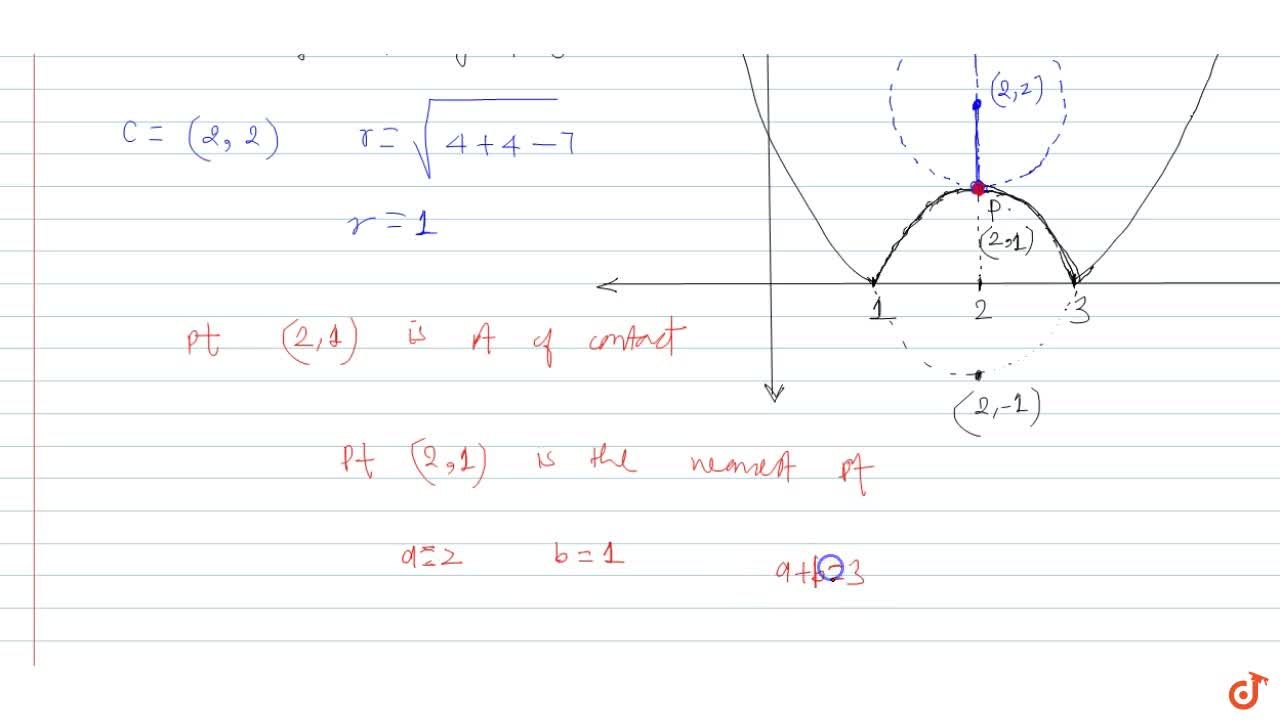 | 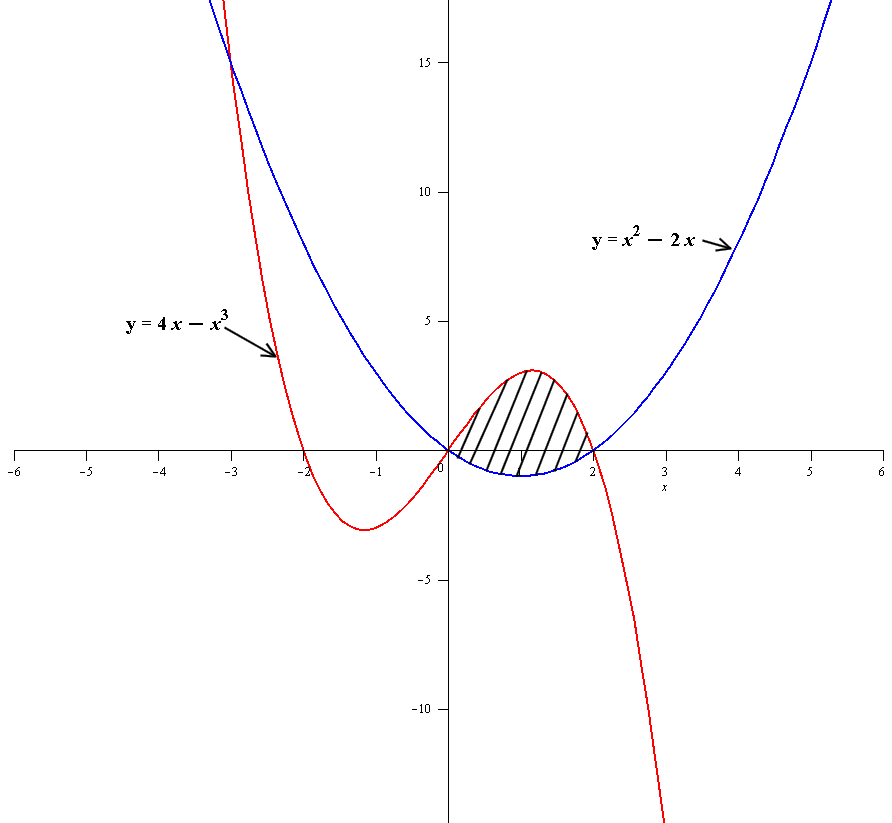 |  |
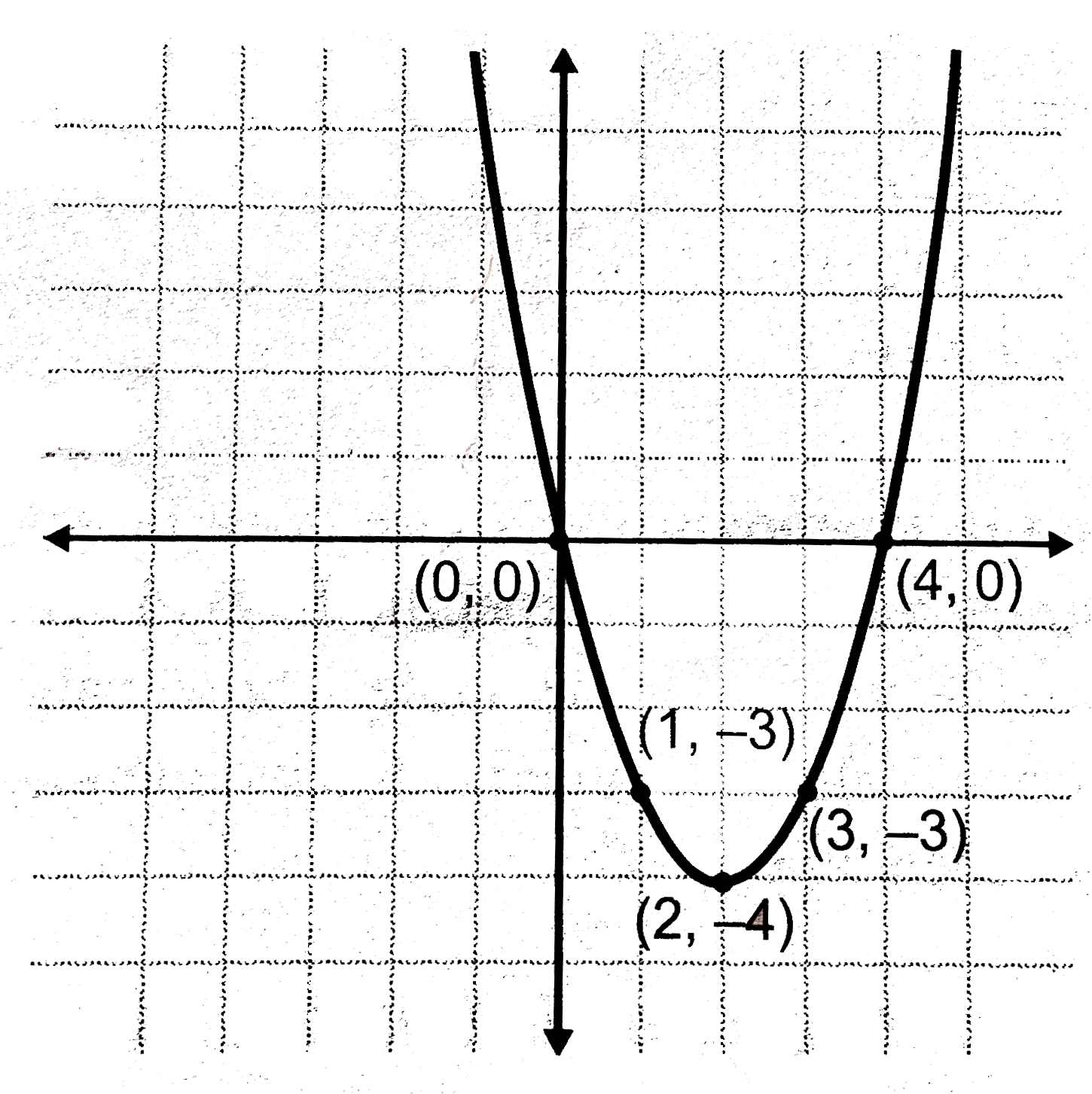 |  | |
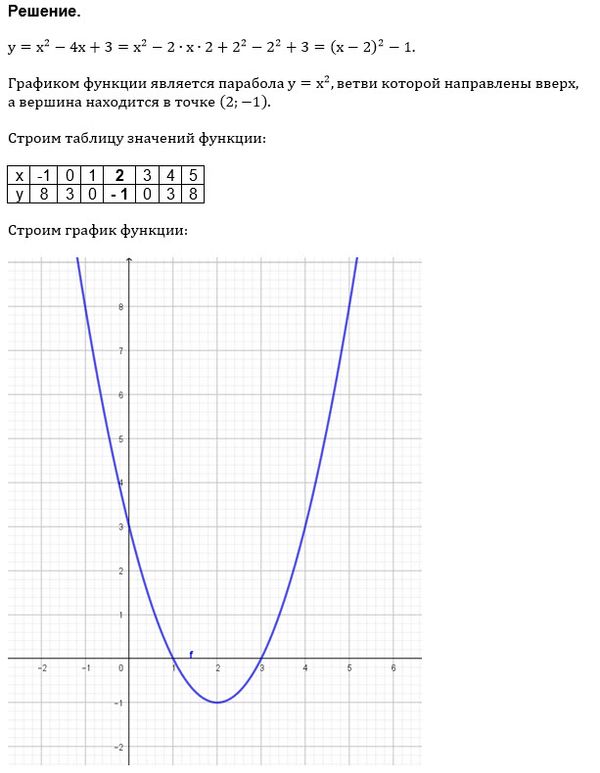 |  |  |
「Y=x^2-4x+3 vertices」の画像ギャラリー、詳細は各画像をクリックしてください。
 |  | |
 |  | |
 |  |  |
「Y=x^2-4x+3 vertices」の画像ギャラリー、詳細は各画像をクリックしてください。
 |  | |
 |  | |
 |  | |
「Y=x^2-4x+3 vertices」の画像ギャラリー、詳細は各画像をクリックしてください。
 |  | 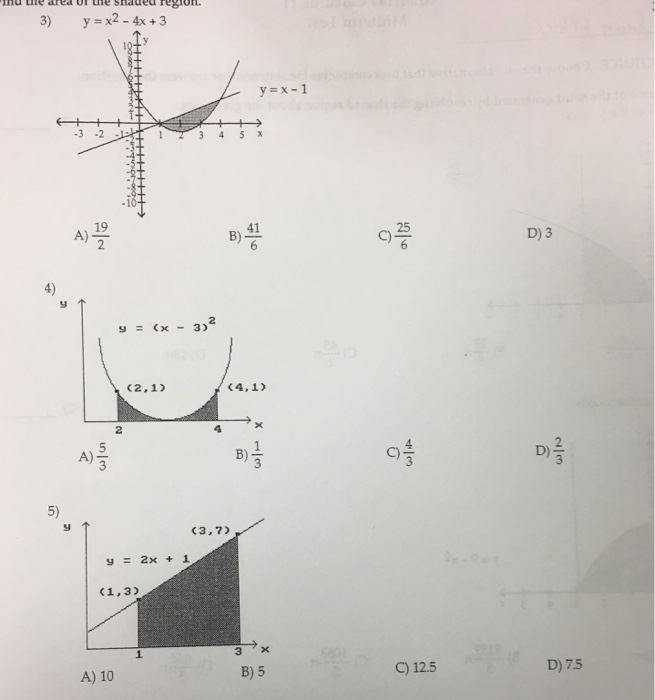 |
 |  | 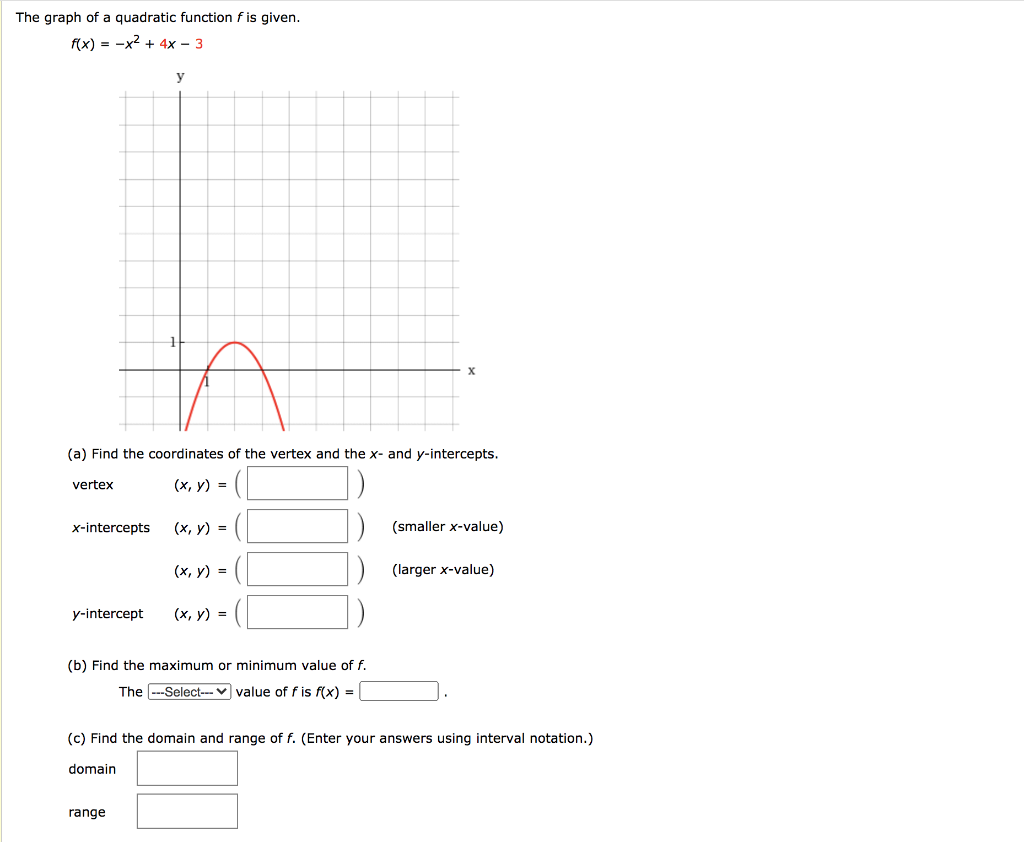 |
 |  | |
「Y=x^2-4x+3 vertices」の画像ギャラリー、詳細は各画像をクリックしてください。
 | 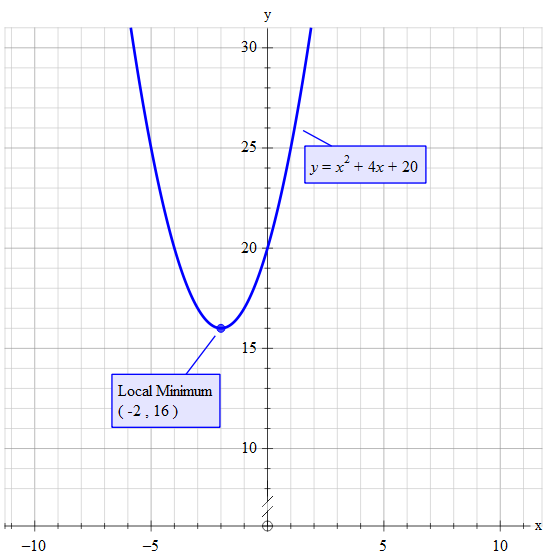 |  |
 |  | |
 |  | 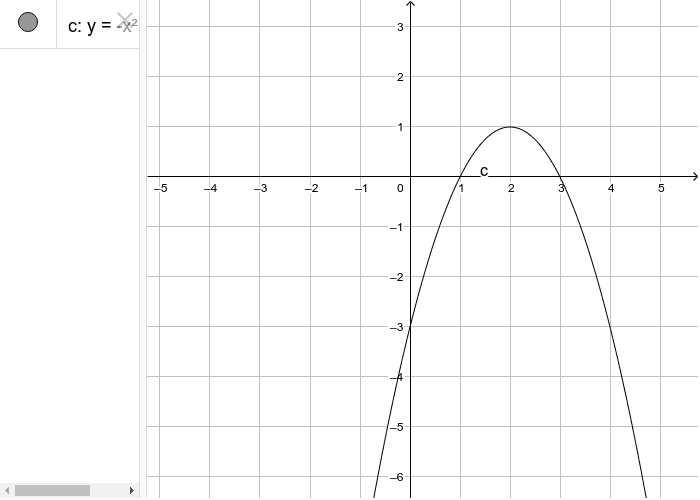 |
「Y=x^2-4x+3 vertices」の画像ギャラリー、詳細は各画像をクリックしてください。
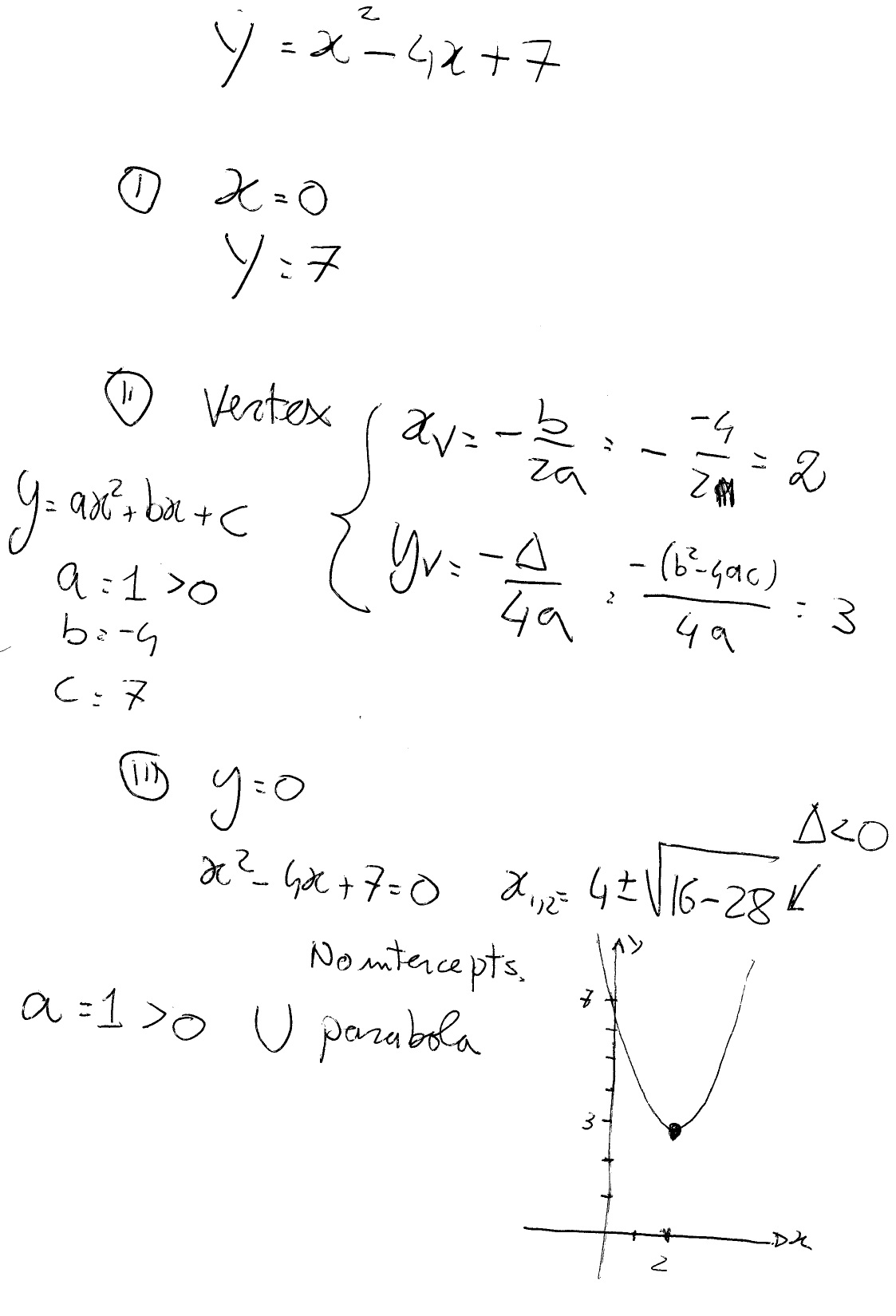 | 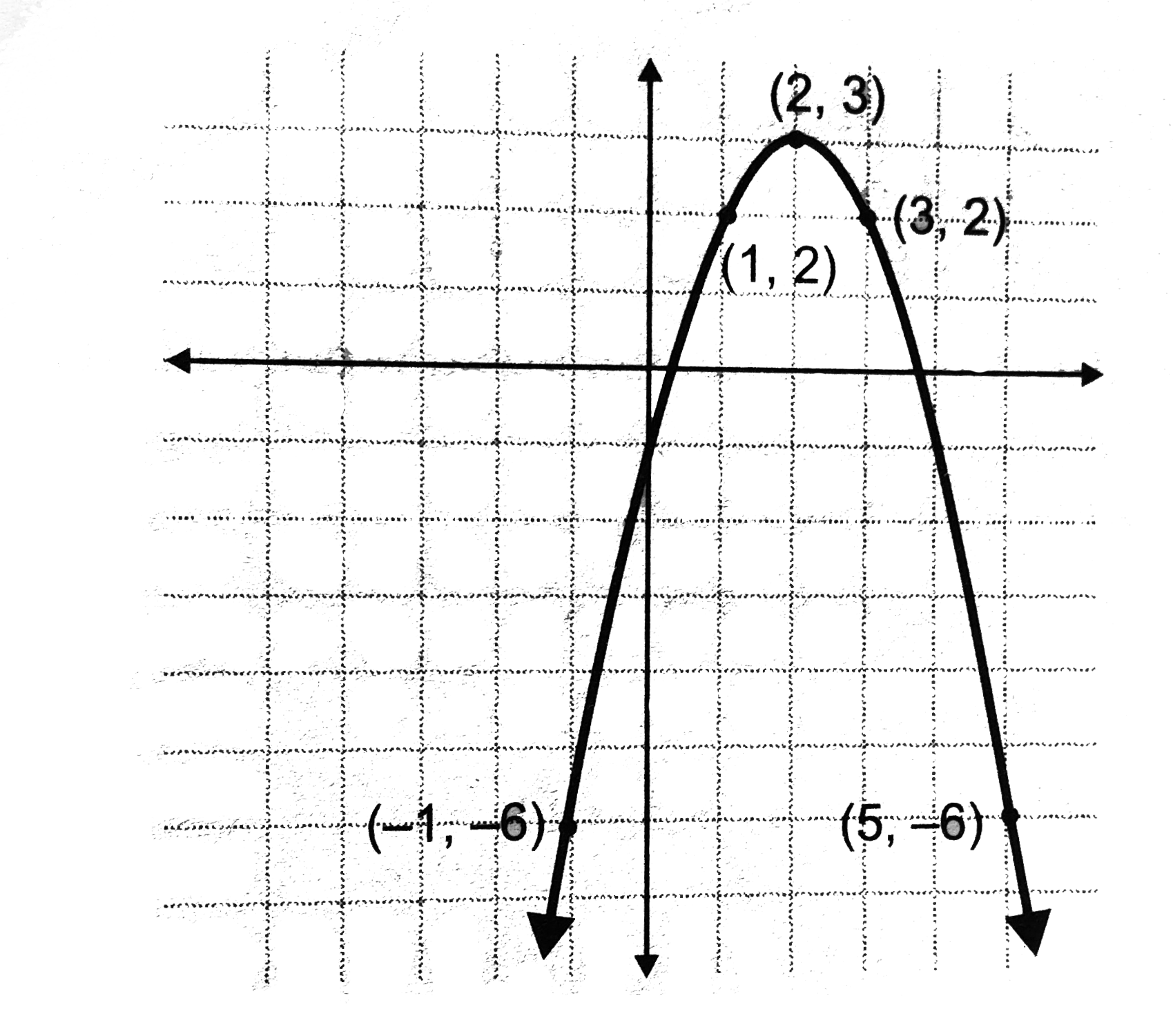 |  |
 | ||
 |  | 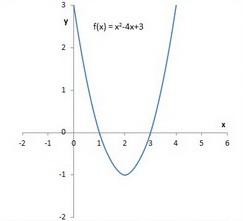 |
「Y=x^2-4x+3 vertices」の画像ギャラリー、詳細は各画像をクリックしてください。
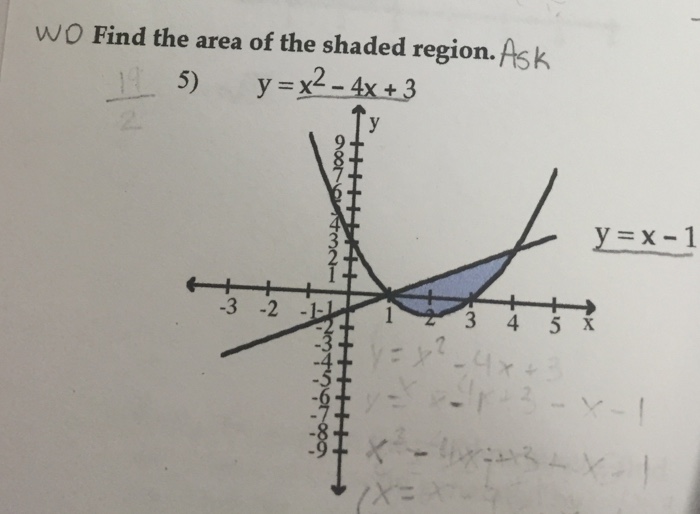 |  | 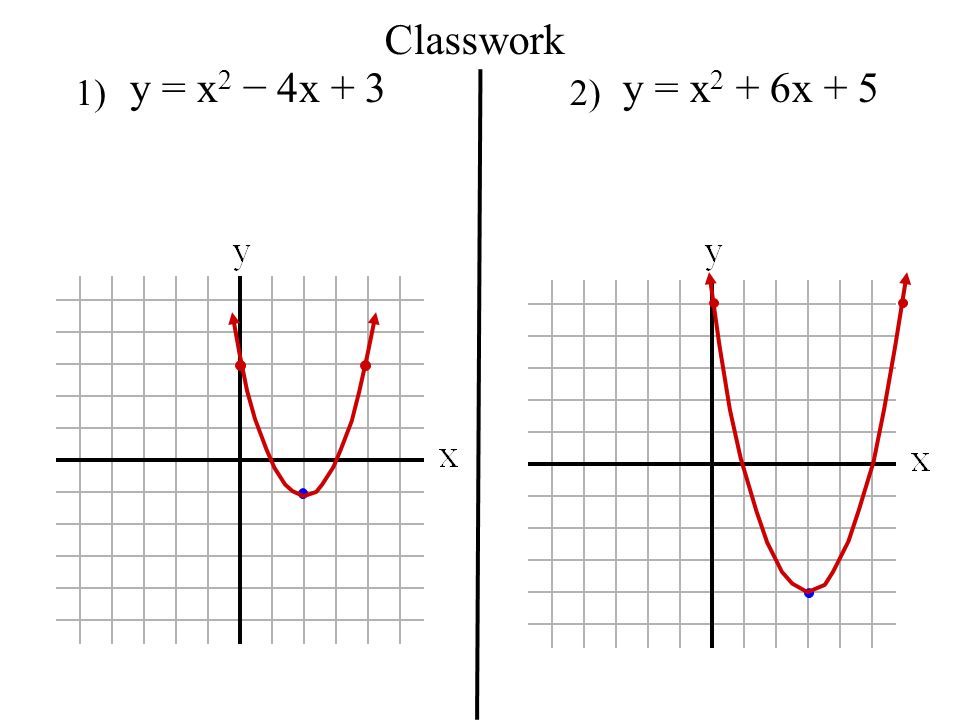 |
 | 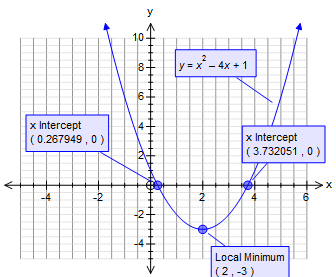 |  |
 | 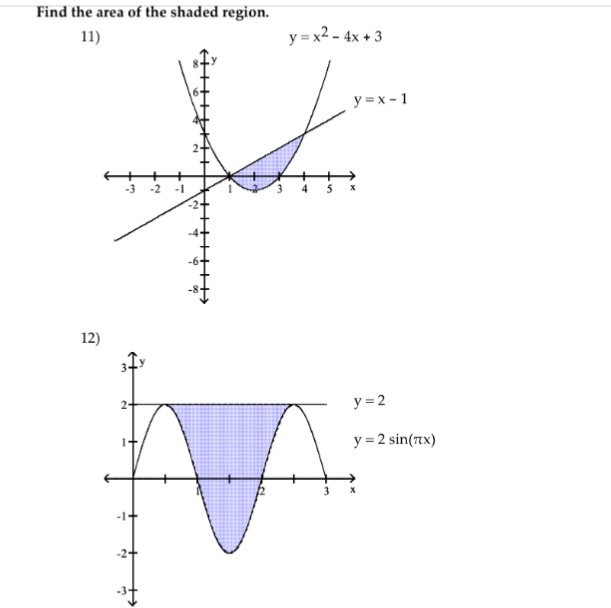 | 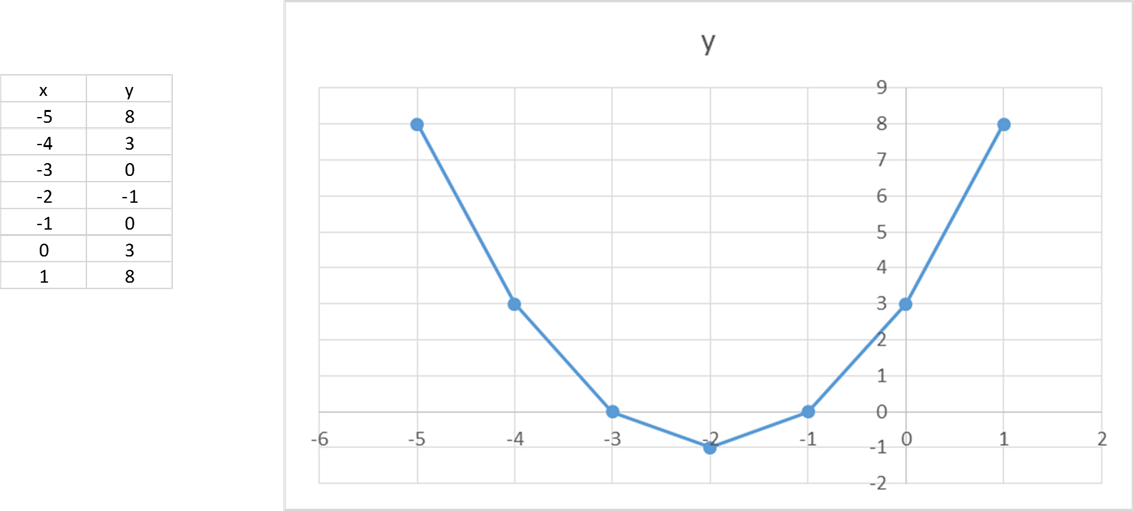 |
「Y=x^2-4x+3 vertices」の画像ギャラリー、詳細は各画像をクリックしてください。
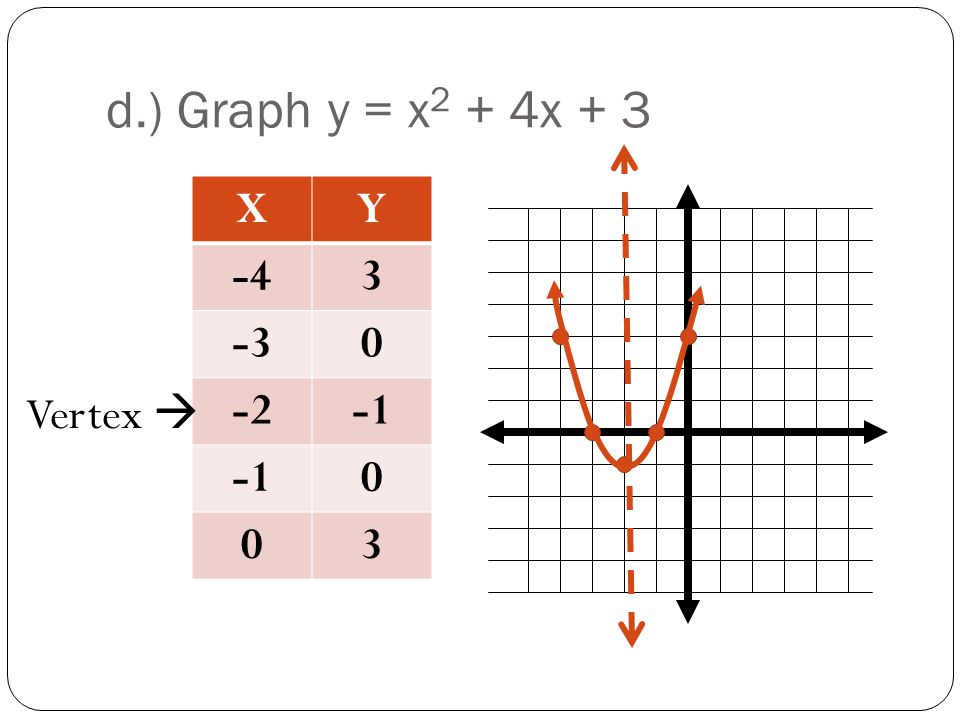 |  | |
 | 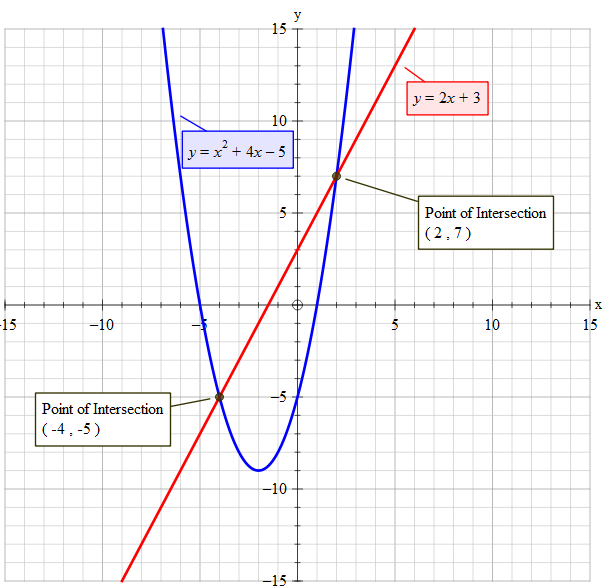 | |
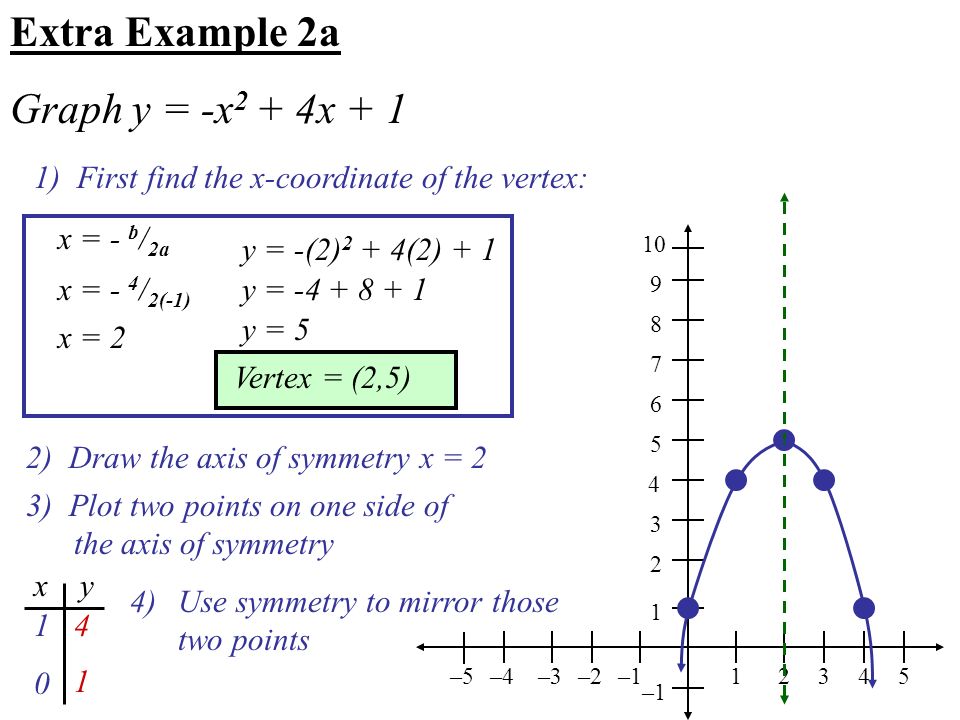 | 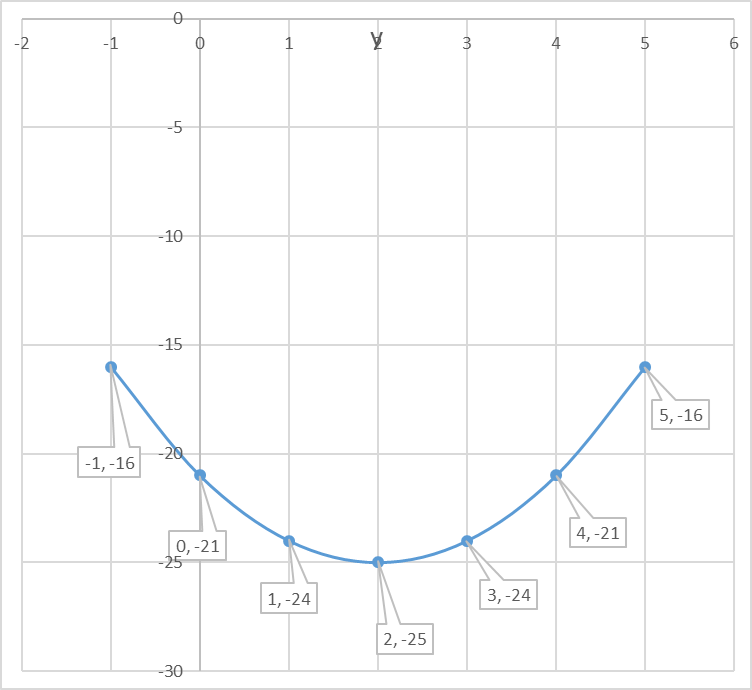 |  |
「Y=x^2-4x+3 vertices」の画像ギャラリー、詳細は各画像をクリックしてください。
 |  | |
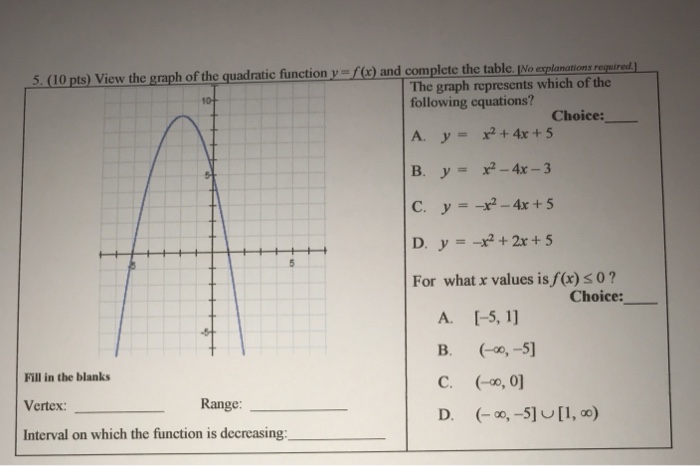 |  | |
 | ||
「Y=x^2-4x+3 vertices」の画像ギャラリー、詳細は各画像をクリックしてください。
 |  | 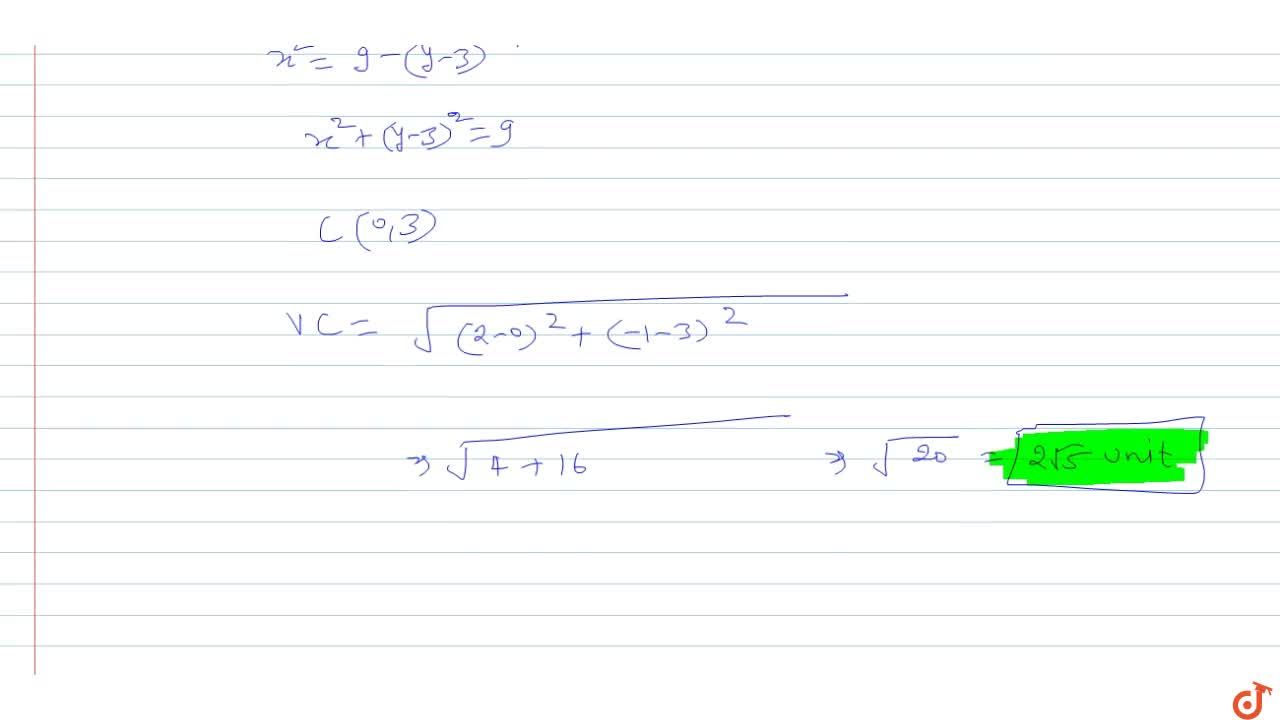 |
 |  | |
 |  | 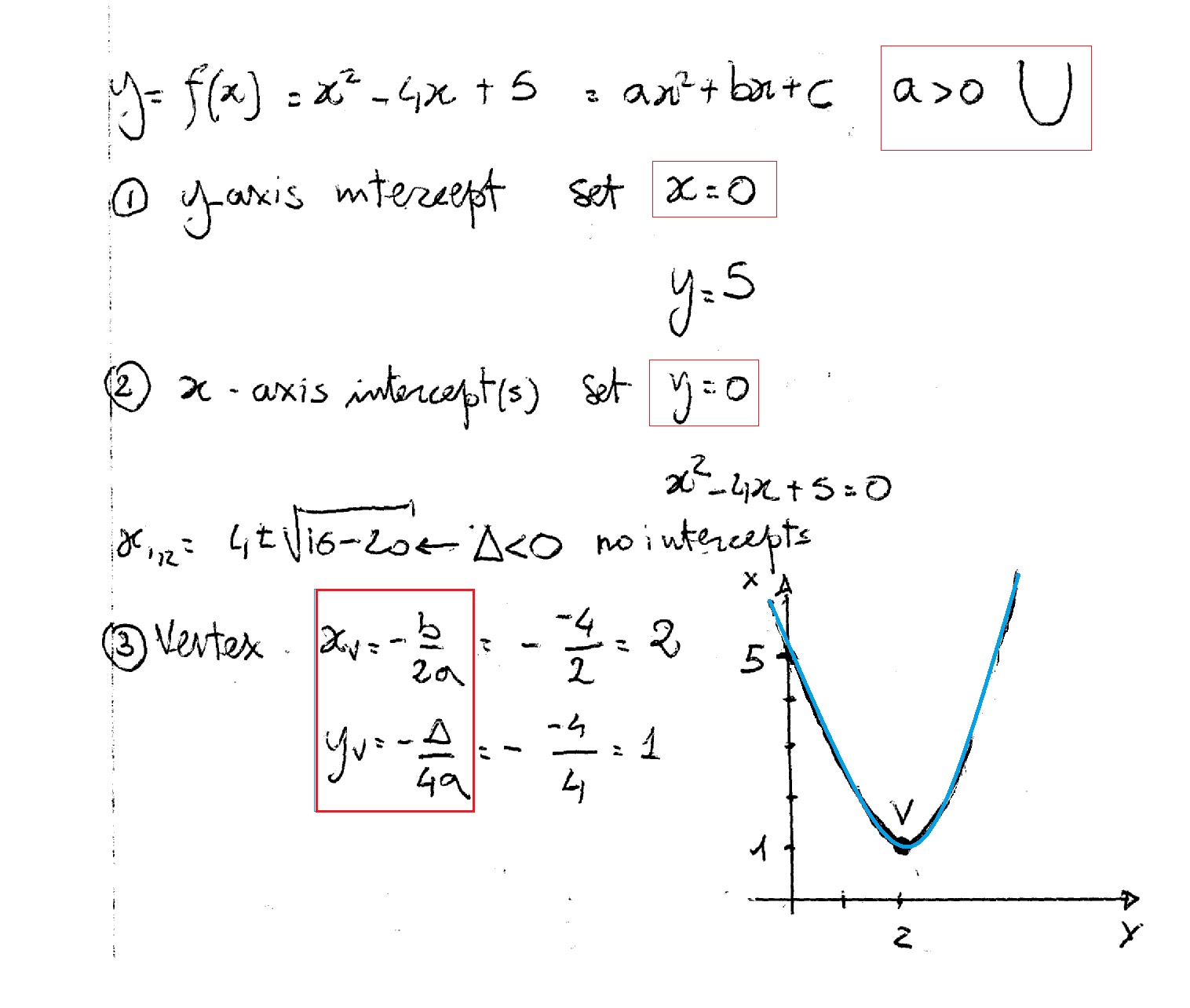 |
「Y=x^2-4x+3 vertices」の画像ギャラリー、詳細は各画像をクリックしてください。
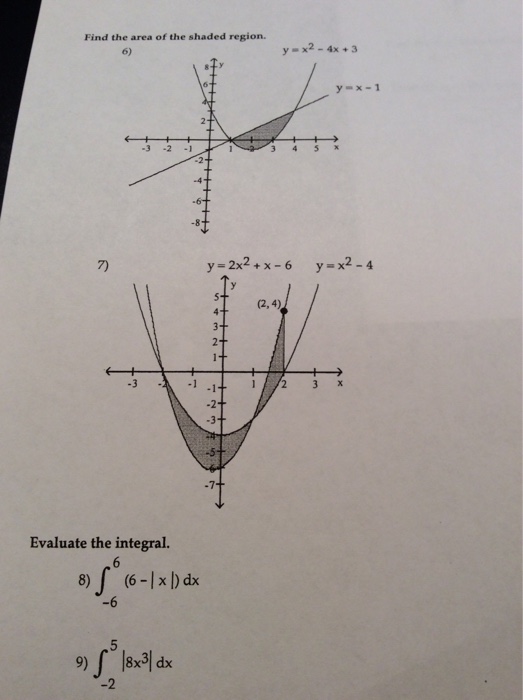 |  | |
 |  |  |
 |  | 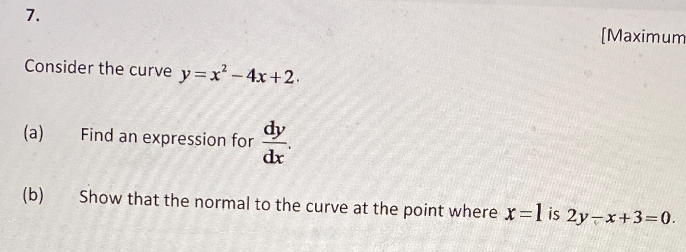 |
「Y=x^2-4x+3 vertices」の画像ギャラリー、詳細は各画像をクリックしてください。
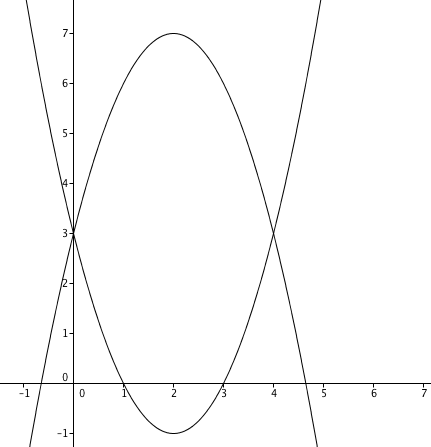 | 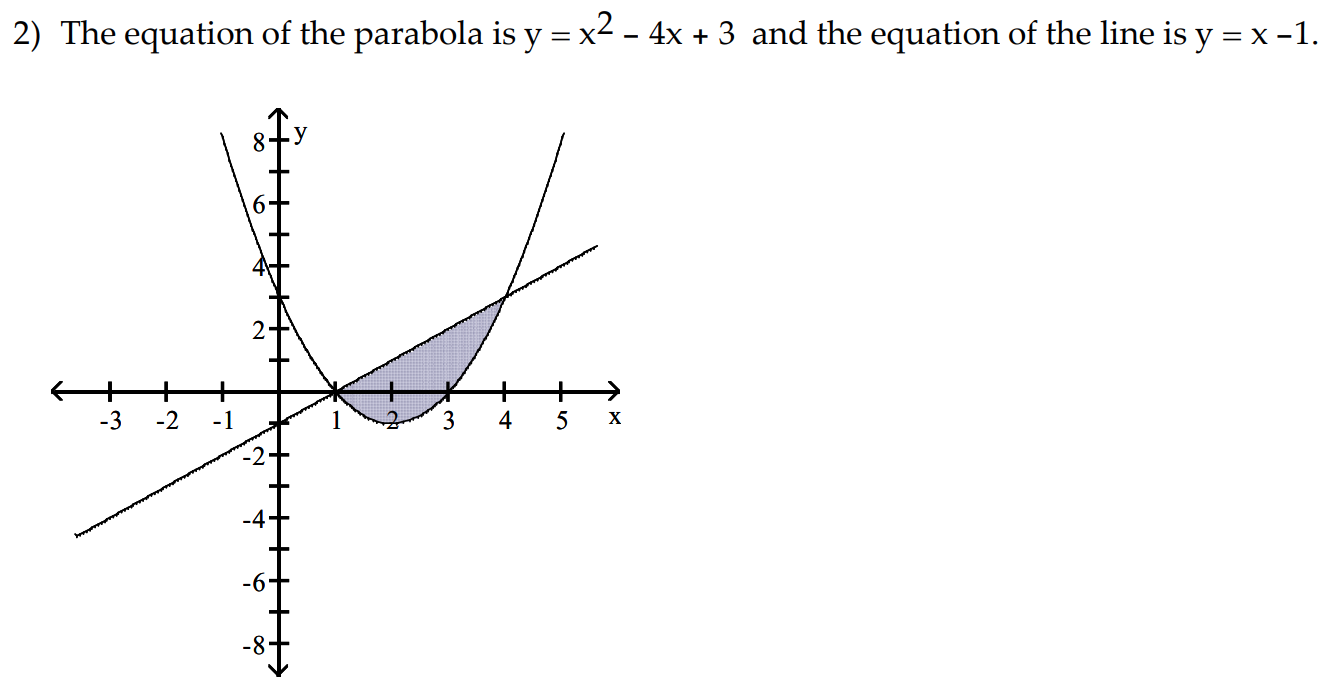 |  |
 |  |
Well a solution can be thought in two ways Algebra For any quadratic equation of the form$$ y = 5x^2 2x 5 \\ y = 11x^2 22 \\ y = x^2 4x 5 \\ y = x^2 5 $$ Non Examples $$ y = 11x 22 \\ y = x^3 x^2 5x 5 \\ y = 2x^3 4x^2 \\ y = x^4 5 $$ Ok, but what is a 'solution'?
Incoming Term: y=x^2-4x+3, y=x^2-4x+3 vertex, y=x^2+4x+3 in vertex form, y=x^2-4x+3 graph, y=x^2-4x+3 axis of symmetry, y=x^2+4x+3 complete the square, y=x^2-4x+3 parabola, y=x^2-4x+3 vertices, y=x^2-4x+3/x+1, y x2-4x+3 parabola,




0 件のコメント:
コメントを投稿